Was Paco the First Celebrity Dog?
Roaming Madrid in the 1880s, Paco the dog was a friend to artists and writers who chronicled his adventures in the newspapers.
Listen and subscribe on Apple Podcasts, Spotify, and all major podcast apps.
Have you ever been a regular anywhere? Like, is there a place in your neighborhood where people recognize you when you walk in or maybe the person working behind the counter always knows what you’re going to order and they start getting it ready for you before you’re even at the register?
Today, I want you to meet a regular at the Café de Fornos in Madrid around the year 1880. Let’s walk in with him actually. Café de Fornos is a busy place. It’s popular with artists and writers and bullfighters. The sunlight is streaming through the windows. It smells like coffee and pipe smoke and everyone’s laughing and having a good time. And when you walk in with this regular, his name is Paco, everyone turns and gives you a little nod or a big smile. They’re happy to smile. Hi Paco!
Let’s do the rounds with Paco. Everyone wants to say hi. People are offering up little bites of whatever they have on their plate. Here, have some steak, or maybe if you’re in the mood for dessert, have a little pastry. You could probably go and get your own table if you really wanted to but why bother when you can go around and enjoy a little bit of the food off of everybody’s plate and hang out with everybody in the house. Sounds pretty cool.
And at this point there’s one other thing I should mention about Paco which is Paco is not just any regular. Paco is a dog.
I’m Amanda McGowan and this is Atlas Obscura, a celebration of the world’s strange, incredible, and wondrous places. Today we’re meeting Paco, Madrid’s most famous canine resident. In the 1800s Paco was the talk of the town and today he has been immortalized forever in the city that he loved and that loved him back.
This is an edited transcript of the Atlas Obscura Podcast: a celebration of the world’s strange, incredible, and wondrous places. Find the show on Apple Podcasts, Spotify, and all major podcast apps.

Birthdays can be a little hard to pin down with stray dogs but we actually have a pretty specific date when this story began. It was October 4, 1879. Sitting at the Café de Fornos is a man named Gonzalo de Saavedra y Cueto, the Marqués of Bogoraya. He was an important guy, a nobleman, and later the mayor of the city of Madrid.
But on October 4th he was having dinner, beef or some other kind of delicious roast. And while he was sitting there eating, a dog entered the café. This dog was sort of medium-sized. He was a black dog with a little splash of white on his chest. Not very big but not super small either.
And maybe at first he was slinking around the café a little bit because maybe he knew he wasn’t really supposed to be inside. Or maybe he walked in with complete confidence and just stuck his nose right into the laps of everybody that he saw. Because after all, as we will see, this was a very confident dog.
This dog went right up to the Marqués’ table, snout waving around. But the Marqués did not mind. He gave the dog a little bit of his roast and then he decided he would also give him a name. October 4th was the Saint’s Day of Francis of Assisi, who, relevantly enough for the situation, is known for his love of animals. So the Marqués decided to name this little dog Paco, short for Francisco.
Soon enough, Paco became a fixture in the Café de Fornos. And since this was a place that was kind of known for its literary salons and conversation culture, there were a lot of writers and artists and intellectuals and journalists bumming around, and Paco began popping up in their work. Newspaper columns would start tracking Paco’s whereabouts and report on what he was doing. One illustration from this time shows Paco having dinner with his friend the Marqués, and Paco is shown with a very elegant white napkin tied around his little neck.
After he had established a foothold at Café de Fornos, Paco also branched out to other cafes and establishments along the street, which was the Calle de Alcalá. On rainy days, he would duck into a café called Café Suizo. He would rub his fur coat along the skirts and pants of the people sitting to dry off, and they would give him little bits of pastry and sugar cubes as a treat.
Paco would show up at the theater. Paco would even go to bullfights, where he actually would jump into the ring and run around with the bulls, sometimes giving them, you know, little bites. Paco became a celebrity in Madrid, and if he wanted to, he had no shortage of very comfortable warm beds that I’m sure he could have chosen to sleep in any night if he wanted to get off the street.
But here’s another part of Paco’s lore: He loved his freedom. If anyone tried to take him in for the night and keep him from wandering around the city, it’s said that he would stop drinking water or eating until they let him go. He just loved being able to walk around and do his own thing.
And at the end of the night, wherever it took him, he would return to the tram station on the street and sleep there. As one Spanish newspaper put it, “Paco preferred the cold and rain to a golden cage.”
In the early 1880s, Paco continued to pop up everywhere. He was spotted at parades, including at one where he supposedly was introduced to the King of Spain. Paco would show up at the theater and bark at performances that he did not like. He was spotted at horse races. And of course, he continued to attend and sometimes participate in bullfights.
In 1881, Paco was actually mentioned in a newspaper write-up of one bullfight. The reporter wrote, “The famous dog Paco accompanied the matador in the bullfight with a zeal and will that I would like for myself.”
But sadly, it was at one of these fights that things went horribly, horribly wrong. On June 21st, 1882, Paco arrived at the bullfighting ring as he often did. And as he often did, he jumped into the ring to get in on the action. The matador this evening was a man called Pepe el de los Galapagos. And at one point in the fight, he tripped over Paco and stumbled. Apparently, this made him very angry, made him very embarrassed. He flew into a rage and he took his sword and ran it right through Paco’s ribs.
The crowd gasped and they turned on Pepe very quickly. I mean, this was the most beloved dog in the city. And it’s reported that Pepe had to make a quick exit from the bullfighting ring before the crowd got their hands on him.
But sadly, Paco died from his wounds. According to some accounts, Paco’s body was taken to a taxidermist in town and stuffed and later displayed in the tavern on the Calle de Alcalá. But at some point, he disappeared and it’s actually unknown where his remains were buried to this day.
But after his death, Paco’s legend kind of just grew and grew. There was a popular polka written about him. In 1882, there was even an anonymous autobiography published from his perspective and it was rumored that it was written by the king of Spain himself. But over time, the cafes that Paco used to frequent closed down. The patrons maybe drifted to other establishments, other neighborhoods. The city was changing and Paco’s memory began to fade. But a few years ago, some local business associations in Madrid petitioned the city council to commemorate Paco in some way.
I mean, he was the most famous canine resident of the entire city. And in 2023, during the Feast of St. Anthony, which is when people can come to have their animals blessed, a statue of Paco was unveiled by the mayor in the middle of town.
It would have been fitting to put the statue directly in front of Cafe de Fornos, but unfortunately it no longer exists. However, it is located on Paco’s favorite street, the Calle de Alcalá. A small plaque next to the statue says, “To the dog Paco, a genuine and unique dog of the local history of Madrid, a friend of writers, artists, and personalities of the late 19th century.”
If you ever find yourself on that street, stop by Paco’s statue and enjoy a pastry or some roast beef in memory of him. If you want to hear about some other charismatic dogs that have stolen the hearts of the cities they live in, you won’t be surprised to hear that we’ve covered a couple on this show and in the Atlas.
Viva Paco!
Listen and subscribe on Apple Podcasts, Spotify, and all major podcast apps.
Our podcast is a co-production of Atlas Obscura and Stitcher Studios. The people who make our show include Dylan Thuris, Doug Baldinger, Chris Snaka, Camille Stanley, Johanna Mayer, Manolo Morales, Baudelaire, Gabby Gladney, Alexa Lim, Casey Holford, and Luz Fleming. Our theme and end credit music is by Sam Tindall.

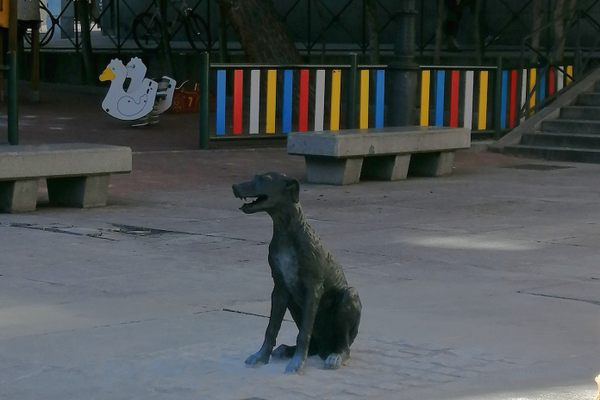



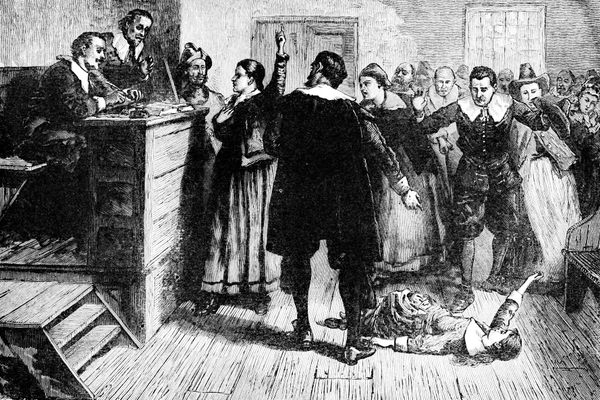

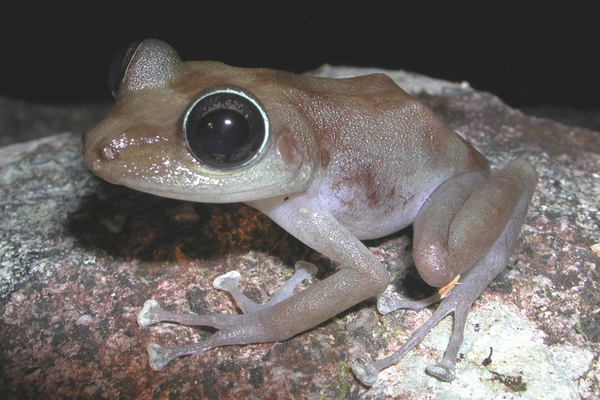
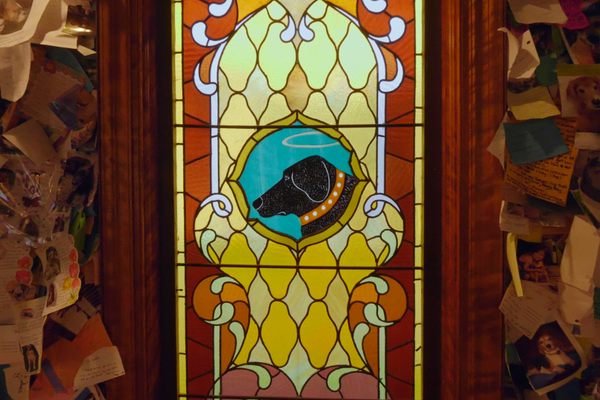

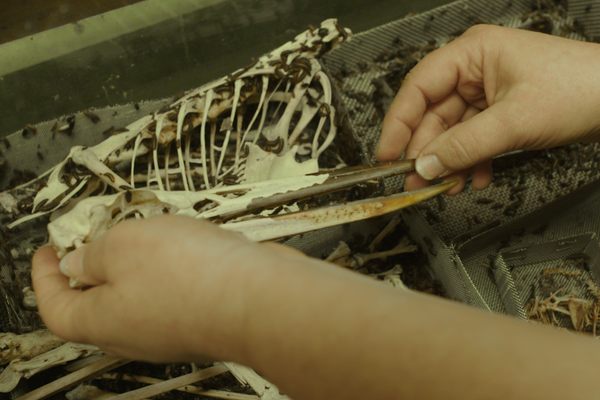
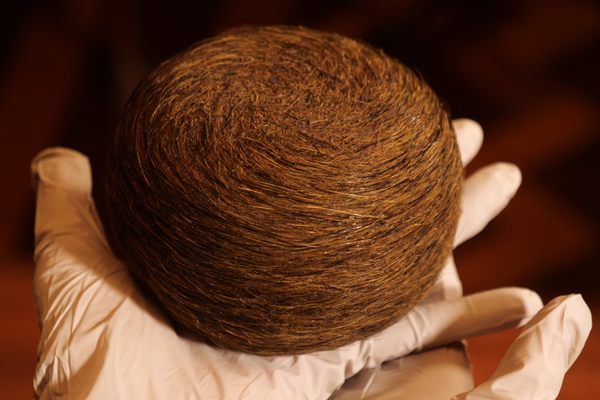
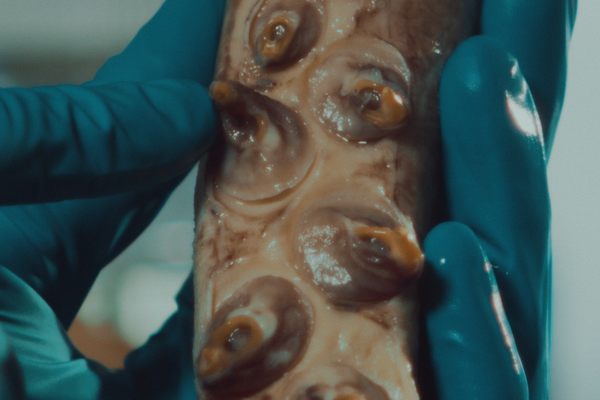



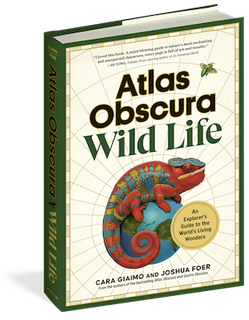

Follow us on Twitter to get the latest on the world's hidden wonders.
Like us on Facebook to get the latest on the world's hidden wonders.
Follow us on Twitter Like us on Facebook